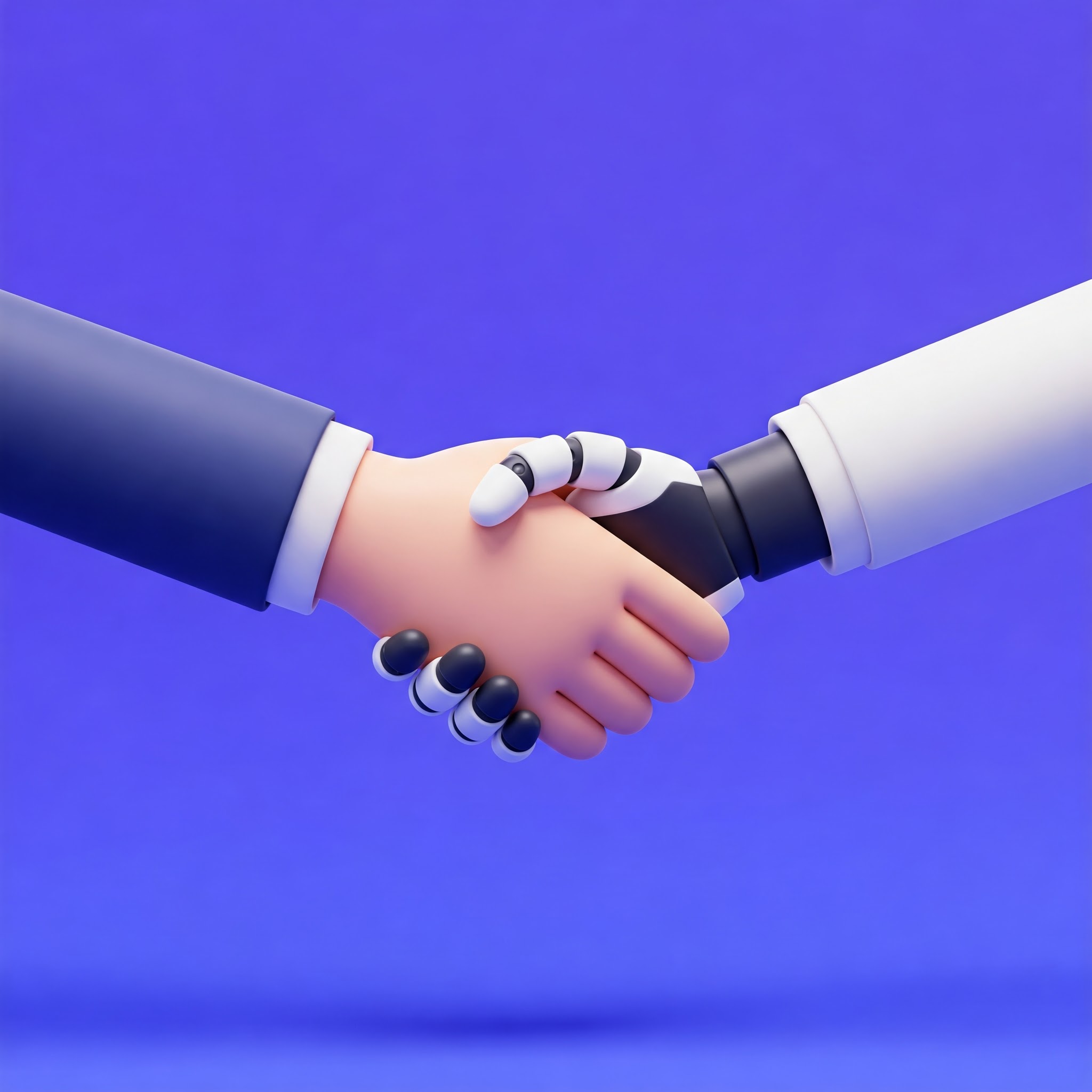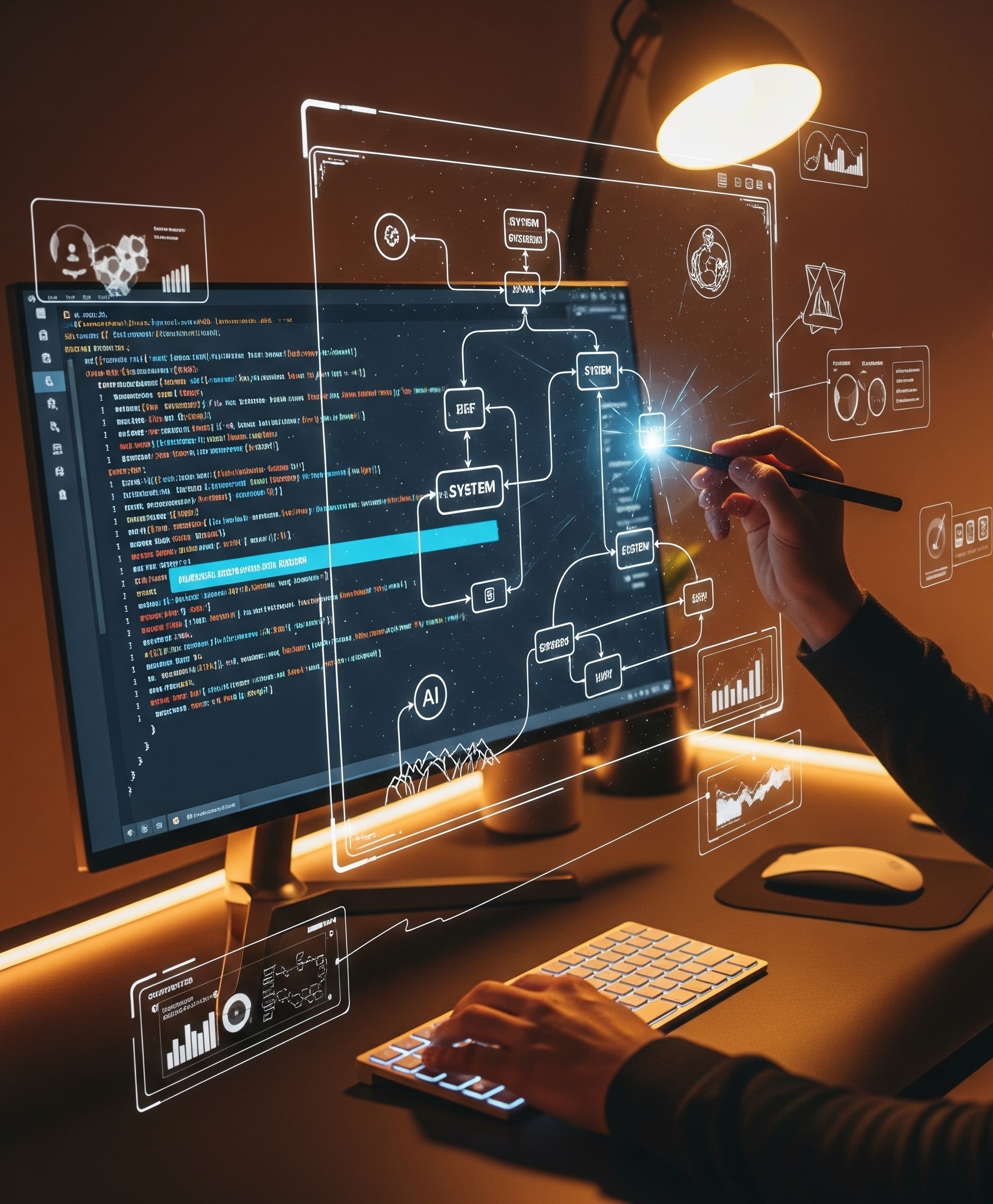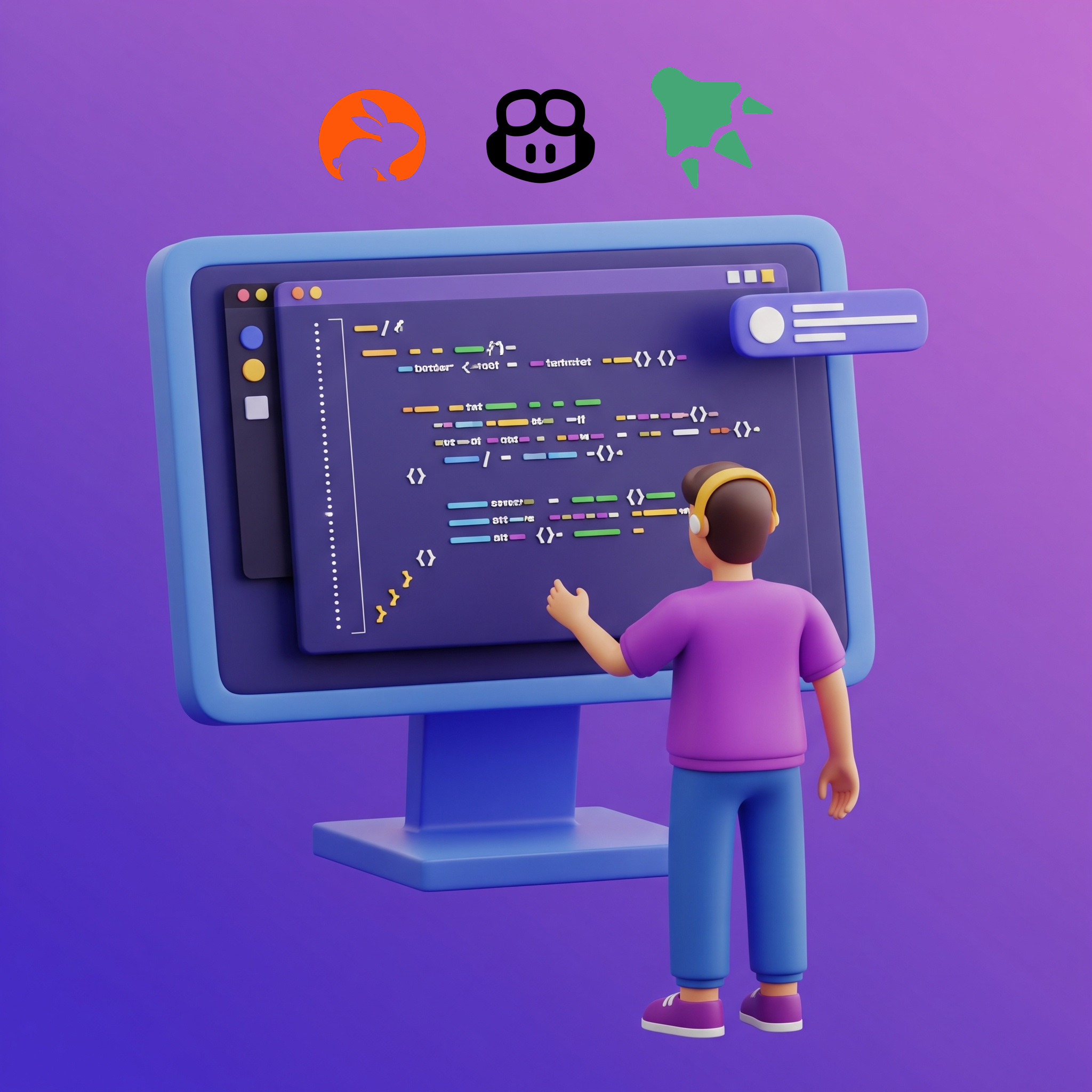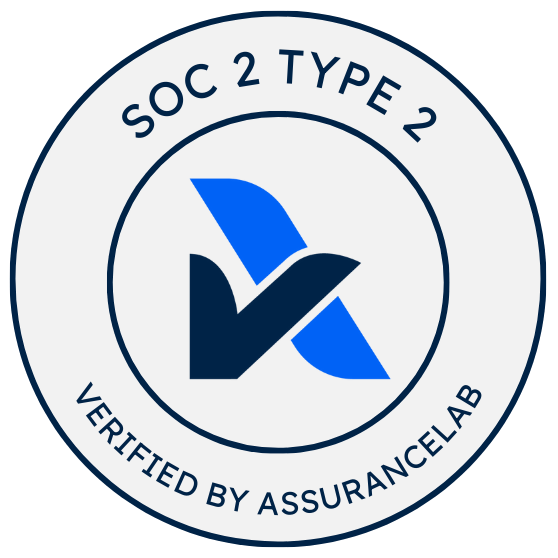
What Happens When AI Gets Really Good at Programming?
As AI coding tools become more sophisticated, developers are evolving from code writers to problem architects through collaboration, not replacement. Explore how human-AI partnership is transforming software development.

We’re living through a remarkable moment in software development. GitHub Copilot has crossed 1 million paid users, ChatGPT can write entire applications from a single prompt, and new AI coding tools launch weekly. But here’s what’s fascinating: we’re witnessing the birth of true human-AI collaboration in coding.
Current AI coding tools feel like magic compared to five years ago, yet they’re just the beginning of a partnership that amplifies human creativity. The real question isn’t whether AI will get better at programming; it’s how we can work together to build better software faster.
This isn’t a story about replacement. It’s about collaboration that unlocks new possibilities.
At PullFlow, we’re building the infrastructure to make this human-AI collaboration seamless - creating tools that leverage the best of both worlds to transform how teams build software together.
From Code Writers to Problem Architects
As AI becomes fluent in syntax, frameworks, and implementation patterns, developers are being elevated to focus on what humans do best: creative problem-solving and strategic thinking. Instead of spending hours debugging CSS, you’re freed to design systems that solve real business problems - while AI handles the implementation details.
Developers using AI tools already report spending 40% less time on routine coding tasks and significantly more time on system design and innovation. The question “How do I implement this?” is being complemented by “What should I build, and why?” - creating space for both technical execution and strategic thinking.
Programming as Collaborative Curation
Future programming will blend human creativity with AI efficiency. You’ll describe what you want, AI will generate multiple approaches, and together you’ll refine and curate the best solution. Think of it as co-directing a film where AI operates the cameras while you guide the creative vision and ensure quality.
New Collaboration Patterns Emerging
As humans and AI work more closely together, new collaborative roles are emerging:
AI-Human Collaboration Specialists: Developers who excel at prompt engineering and orchestrating hybrid workflows where humans and AI contribute complementary strengths.
System Orchestrators: Professionals who bridge business requirements and technical solutions, leveraging AI for rapid prototyping while ensuring human oversight for critical decisions.
Enhanced Learning and Mentorship: AI accelerates junior developer learning, enabling them to contribute meaningfully to complex projects from day one. For seniors, experience becomes more valuable - their pattern recognition and judgment help guide AI effectively while mentoring humans and machines alike.
The Skills That Amplify Human-AI Collaboration
Systems Thinking: When AI can implement components rapidly, human expertise in understanding how systems interact becomes invaluable. Developers who see the big picture guide AI toward solutions that work harmoniously together.
Critical Evaluation and Quality Assurance: Humans excel at evaluating whether AI-generated code meets quality standards. This requires deep understanding of performance, security, and maintainability trade-offs - areas where human judgment remains essential.
Communication and Translation: As AI bridges the gap between “idea” and “working software,” developers become crucial translators between business stakeholders and technical implementation, ensuring AI solutions align with real-world needs.
New Collaborative Challenges and Opportunities
Transparent AI Partnership: When AI generates complex algorithms, human developers become essential for creating clear documentation and debugging strategies. This creates opportunities for new tooling and practices that make AI-generated code more maintainable and understandable.
Hybrid Codebase Management: Future codebases will contain human code from 2020, AI code from 2024, and hybrid code from 2027. This drives innovation in documentation, version control, and knowledge transfer - areas where human insight guides AI capabilities.
The Bigger Picture
AI is creating an exciting expansion: software development is becoming both more accessible and more specialized, opening new opportunities for collaboration.
More people can participate in building software. A marketing manager can create dashboards, researchers can build analysis tools - all with AI assistance. Meanwhile, experienced developers become more valuable than ever, as complex systems still require deep understanding of distributed computing, security, and system design.
This creates a collaborative ecosystem: more people building applications with AI assistance, guided by experts who architect the complex systems that power everything else. Rather than replacement, we see specialization and collaboration across skill levels.
Innovation Acceleration
The key is building platforms that seamlessly integrate human expertise with AI capabilities - creating workflows where both contribute their strengths without friction. When developers can leverage AI for rapid iteration while maintaining human oversight for critical decisions, innovation happens faster and more reliably.
Embracing the Partnership
The future isn’t humans versus AI; it’s humans and AI working together to build better software than either could create alone. The developers who thrive will master this collaborative relationship.
AI excels at pattern recognition, rapid implementation, and handling repetitive tasks. Humans excel at understanding context, making judgment calls, and creative problem-solving. This complementary partnership unlocks possibilities that neither could achieve independently.
Building effective human-AI collaboration requires intentional practice:
- Experiment with AI tools to understand both their capabilities and limitations
- Develop prompt engineering and AI guidance skills
- Focus on areas where human judgment, creativity, and oversight remain crucial
- Stay curious about emerging technologies while maintaining critical thinking
- Learn to provide context and feedback that helps AI produce better results
The most successful developers won’t resist AI or depend on it blindly. They’ll master the art of collaborative coding - guiding AI capabilities while letting it amplify human creativity and productivity.
Coders will become architects and visionaries with dozens of AI agents executing their vision, which is why at PullFlow we are building products that make this new form of collaboration a reality.
We’re at the threshold of the most significant transformation in software development since the internet. But here’s what I’m curious about: How are you preparing for this shift?
Are you already experimenting with AI tools in your daily work? What skills are you focusing on developing? Have you noticed changes in how you approach problem-solving when AI handles the routine implementation?


